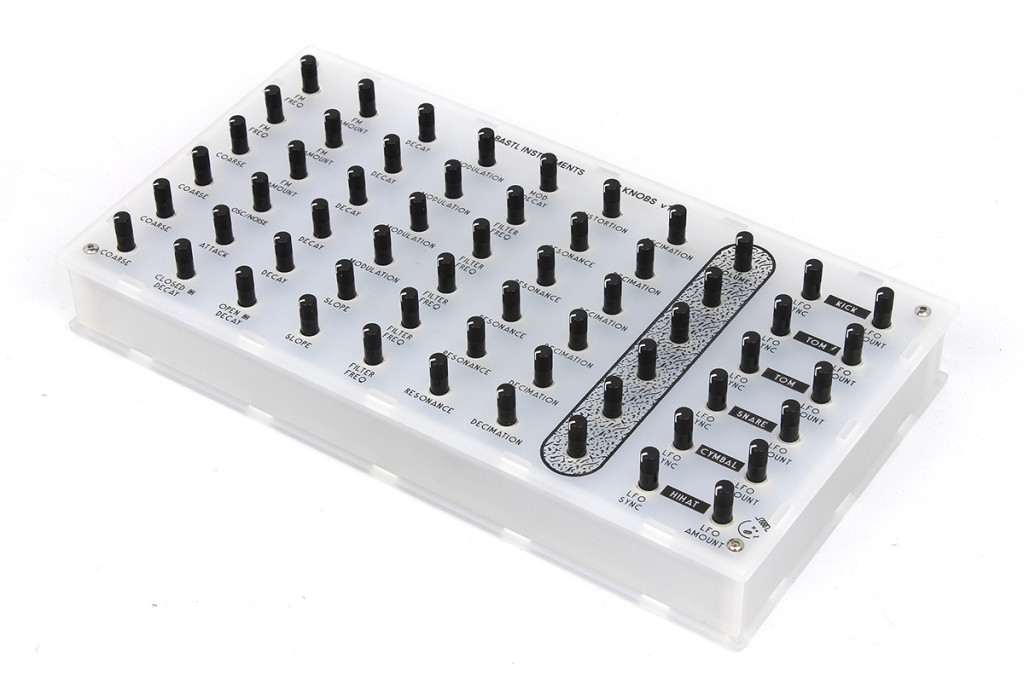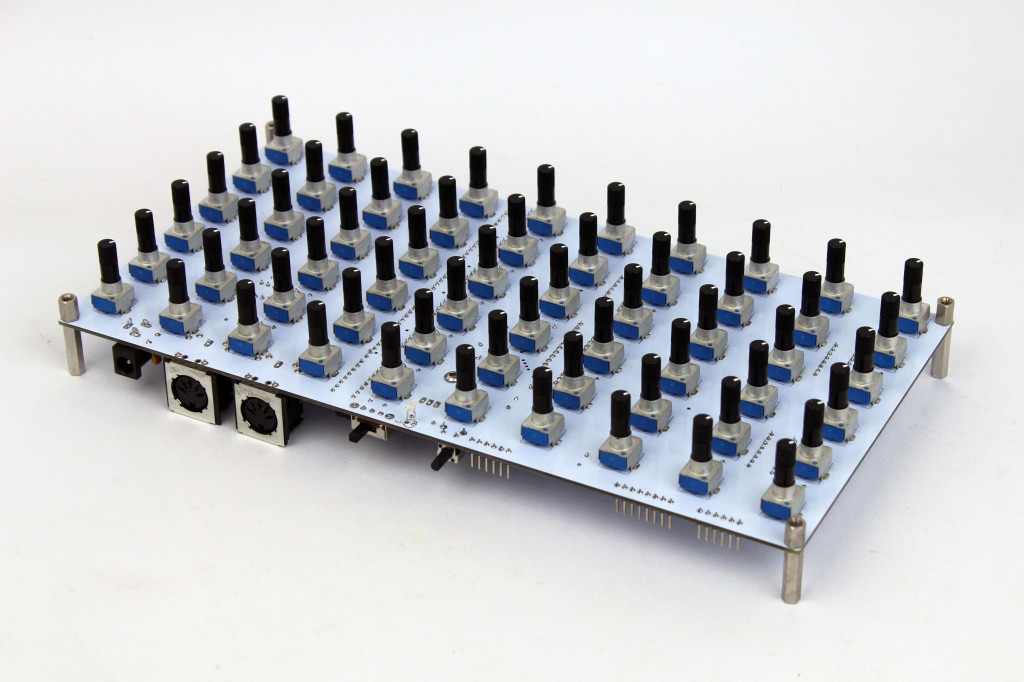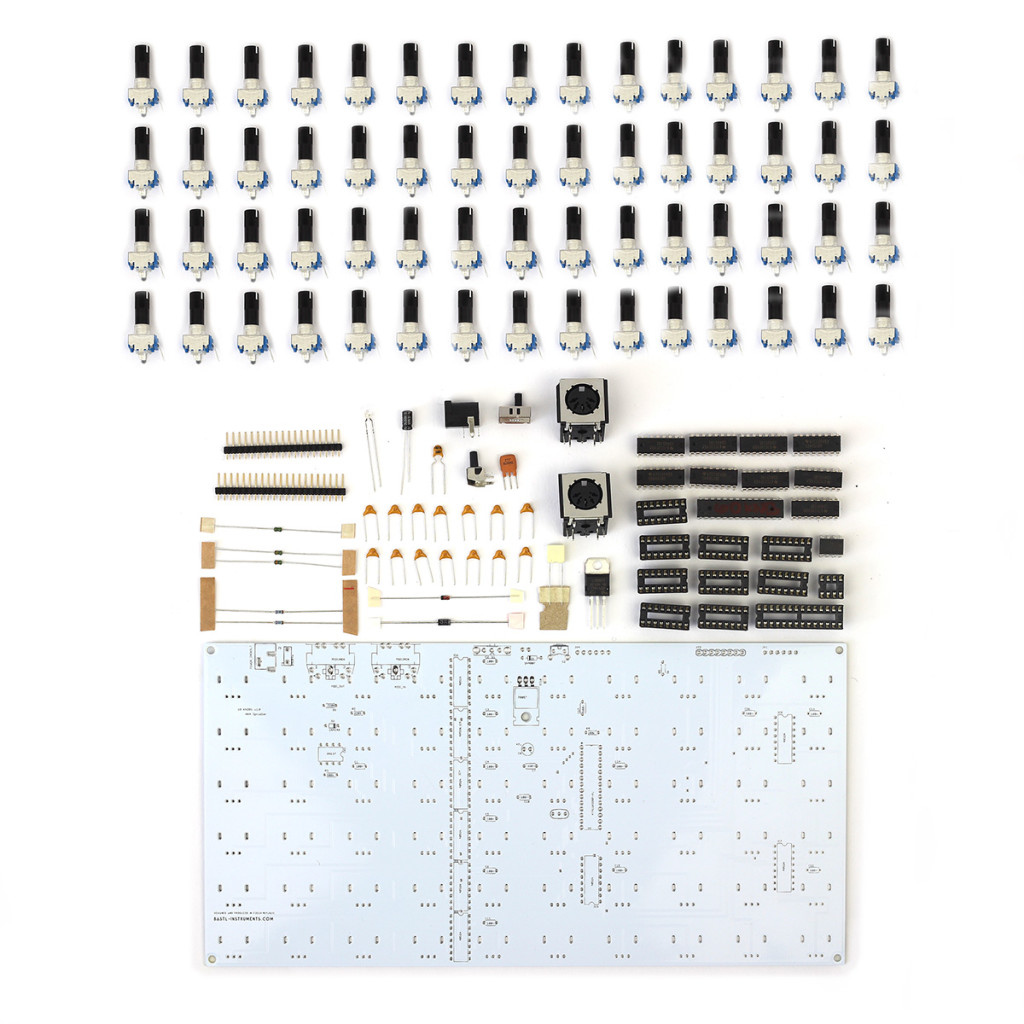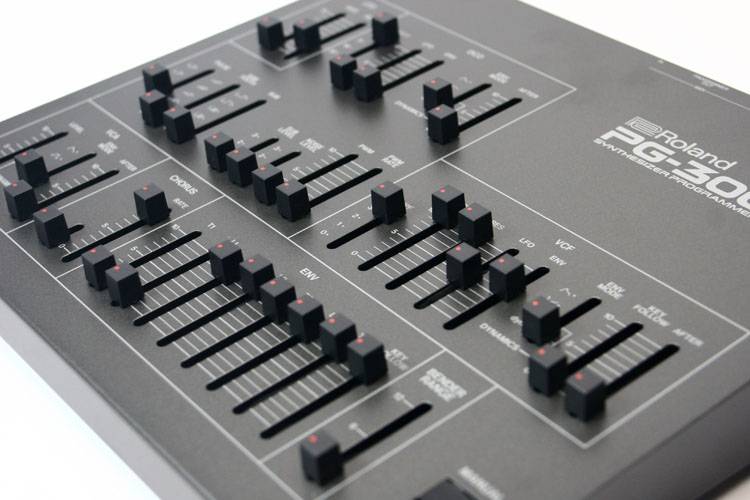It’s an expansion kit for an obscure boutique drum machine – and maybe the most niche product from Bastl Instruments yet. But it could be more than that.
This is actually not part of Bastl’s normal product development line – and they’re doing a lot. The Brno, Czech-based firm have workbenches full of interesting projects, not to mention side projects like a coffee shop, roasted coffee bean line, a zine, and a club (seriously, all of that). In the case of this 60KNOBS kit, the controller was teased back in the heady, innocent days of February 2016. And now, here it is.
But 60KNOBS is a collective effort of everyone who isn’t an engineer at Bastl – part of the larger community. Vaclav explains to CDM:
We put a lot of time and energy into building the community.We support the musicians working here thru the music label and we make events as a crew. We make internal workshops every week to learn new skillsets and the 60knobs is the biggest learning project yet that became real. It was a group effort rather than solo project of an individual (which the coffee and club partly are) and that I think is exciting.
Out of the box, 60KNOBS can be a kit for another kit – Sonic Potions’ wonderful LXR Drum Synthesizer. The LXR sounds really, really good. But part of what sounds so interesting – this being a drum synth and not just a box that plays back drum samples – is all its internal parameters. And what you can’t control on its front panel is … uh, those internal parameters.
So, the idea of the 60KNOBS is to give you hands-on control of all that sound stuff. The kit isn’t a terribly tough DIY build, either – it’s not hard to solder potentiometers to a board, even if you’re really clumsy. Spend a few extra euros, and you get an enclosure marked up for all its internal parameters.
As Bastl’s videos show, just twisting these little knobs gives you some great drum sounds. So already, I think we have an adorable little kit for those wanting to be a bit different from everyone else on their block – or, depending on where you come from, nation.
But it points at an interesting question: could we see more creations like this? It’s particularly compelling, given you could just print a different enclosure or overlay and use other hardware.
The 60KNOBS is already equipped for just such purposes.
You can flip over the top of the case, and write directly on the acrylic with a pencil.
You can print out a new top with other labels.
You can dump and learn MIDI controls to map to other hardware.
If you’ve got an FM synthesizer that supports the DX7 SysEx protocol, you can control them that way.
There’s advanced controller support for other gear, too. And there’s an open source editor (made with visual patching environment Max/MSP).
If you want to get fancy, you can even hack the firmware.



To get more technical, the specs:
60 controller pots independently customizable through the editor;
MIDI messages supported: CC (Control Change), NRPN (Non-Registered Parameter Number), DX7 (Yamaha sysEx DX7);
Button for MIDI DUMP current value of each knob;
MIDI IN and OUT DIN connector;
5 user customizable presets;
Indication LED shows setting changes
FTDI connector for firmware flashing (hacker friendly!)
There’s precedent for this, too. Roland, for instance, shipped the PG-300 as an add-on giving extra direct control over the classic Alpha Juno 1 and Juno 2. (In fact, maybe the 60KNOBS would work as a cheap add-on, given the PG-300 is pricey on the used market.)

But why stop there? Plug-ins? Reaktor patches? VJ rigs?
Of course, that raises the question of whether a giant array of knobs is really what you want for control. But I think we may see the pendulum swing back toward odd DIY controls, as the market is fairly well saturated with cool kit like Push and Maschine. Those provide ready-to-use gear for software environments, but they lack the standalone, portable nature of this. Plus, it’s cool to have something different.
Thoughts? Let us know.